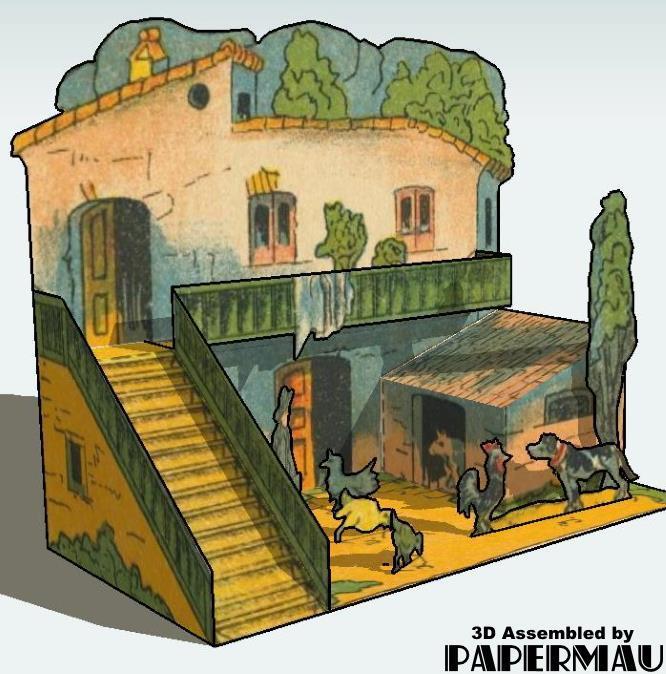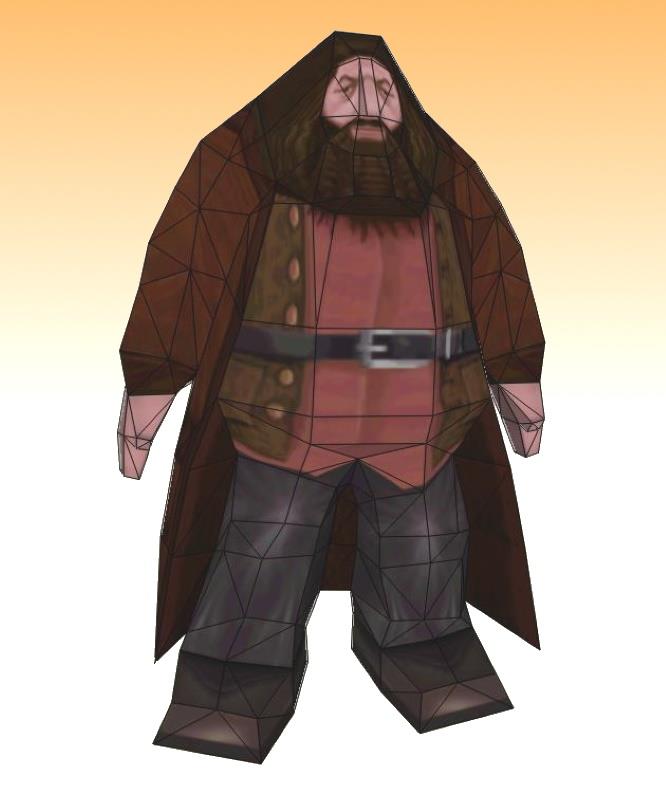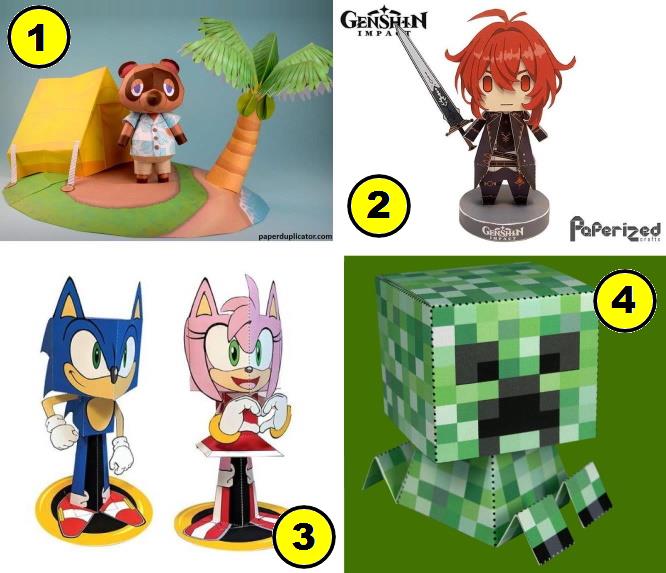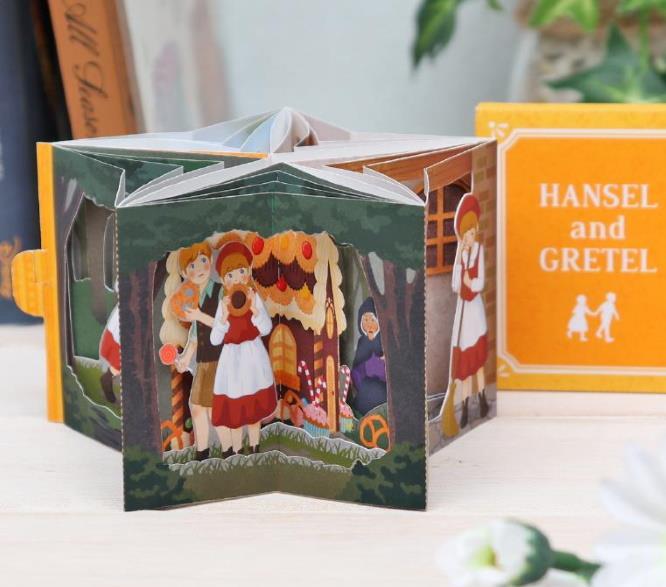This vintage papercraft, depicting a scene from the fable of the rooster, the dog, and the farmer's wife from One Thousand and One Nights, has been preserved and is now kindly shared by the Agence Eureka website. It was originally printed by the now-defunct Spanish publisher Editorial Hernando.
Based in Madrid and founded by Don Victoriano Hernando in 1828, the first cutouts were only published in the early 20th century, all bearing a beautiful logo with the effigies of Cervantes and Gutenberg.
It is regrettable that most of their cutout production and other documentation was lost in a fire at their offices and warehouses on Quintana Street in November 1936, as a result of bombing during the Spanish Civil War. I extend my gratitude to Sala Lúdica website for providing this information.
The fable of the rooster, the dog and the farmer's wife in One Thousand and One Nights is a story in which the rooster, the dog, and the farmer's wife have a conflict. The rooster defends the dog when the woman attacks him, and in retaliation, the woman kills the rooster. The dog then seeks help from a judge who decides that the woman must pay a fine to the farmer for the rooster.
The story highlights justice and the importance of resolving conflicts properly. The story of the rooster, the dog, and the farmer's wife from One Thousand and One Nights is a fable that exists in various versions and variations over time and in different cultures.
The stories in One Thousand and One Nights are often transmitted orally and written in different ways in various editions of the book. Furthermore, the fable has versions in other collections of folk tales.
Therefore, it is possible to find variations in the story in different versions of One Thousand and One Nights and in other folk sources. Each version may emphasize slightly different aspects of the story, but the basic structure of the conflict between the rooster, the dog, and the farmer's wife generally remains consistent.
"One Thousand and One Nights," also known as "The Arabian Nights" or "Nights of Scheherazade," is a collection of tales and stories originating from the Middle East. The work is a framed narrative that presents the story of Princess Scheherazade, who avoids death by narrating a story every night to the king, who had the habit of killing his wives after their wedding night.
These stories told by Scheherazade are diverse, including fairy tales, fables, legends, moral stories, and adventures. The book features a vast collection of tales that vary in genre, style, and cultural origin, including popular stories from Arabian, Persian, Indian, and other traditions.
"One Thousand and One Nights" is famous for its iconic stories such as "Aladdin and the Magic Lamp," "Ali Baba and the Forty Thieves," and "Sinbad the Sailor." These stories are woven together with a central narrative revolving around Scheherazade and her ability to keep the king captivated with her narratives, which allows her to survive.
The work has been translated into many languages and is appreciated worldwide for its richness of narratives and enduring influence on literature and culture.
Este antigo papercraft que mostra uma cena da fábula do galo, o cão e a mulher do lavrador, das Mil e Uma Noites, foi preservado e é agora gentilmente compartilhado pelo site Agence Eureka e foi originalmente impresso pela extinta editora espanhola Editorial Hernando.
Baseada em Madri e fundada por Don Victoriano Hernando em 1828, os primeiros recortáveis só foram publicados no início do século XX, todos com um belo logotipo com as efígies de Cervantes e Gutenberg.
É lamentável que a maior parte da sua produção de recortáveis e outras documentações tenham desaparecido com o incêndio dos seus escritórios e armazéns na rua Quintana, em Novembro de 1936, em consequência de um bombardeamento que Madrid sofreu pelas forças revolucionárias. Deixo aqui meus agradecimentos ao site Sala Lúdica por essas informações.
A fábula do galo, o cão e a mulher do lavrador nas Mil e Uma Noites é uma história em que o galo, o cão e a mulher do lavrador têm um conflito. O galo defende o cão quando a mulher o agride, e em retaliação, a mulher mata o galo. O cão então pede ajuda a um juiz, que decide que a mulher deve pagar uma multa ao lavrador pelo galo.
A história destaca a justiça e a importância de resolver conflitos de maneira adequada. A história do galo, o cão e a mulher do lavrador das Mil e Uma Noites é uma fábula que existe em várias versões e variações ao longo do tempo e em diferentes culturas.
As histórias nas Mil e Uma Noites muitas vezes são transmitidas oralmente e escritas de diferentes maneiras em várias edições do livro. Além disso, a fábula tem versões em outras coleções de contos populares.
Portanto, é possível encontrar variações na história em diferentes versões das Mil e Uma Noites e em outras fontes folclóricas. Cada versão pode enfatizar aspectos ligeiramente diferentes da história, mas a estrutura básica do conflito entre o galo, o cão e a mulher do lavrador geralmente permanece consistente.
"As Mil e Uma Noites", também conhecido como "As Noites Árabes" ou "As Noites de Sherazade", é uma coletânea de contos e histórias originária do Oriente Médio. A obra é uma narrativa encaixada que apresenta a história da princesa Sherazade, que evita a morte narrando uma história por noite ao rei, que tinha o costume de matar suas esposas após a noite de núpcias.
Essas histórias contadas por Sherazade são variadas, incluindo contos de fadas, fábulas, lendas, histórias morais e aventuras. O livro tem uma vasta coleção de contos que variam em gênero, estilo e origem cultural, incluindo histórias populares árabes, persas, indianas e outras.
"As Mil e Uma Noites" é famoso por suas histórias icônicas, como "Aladim e a Lâmpada Mágica", "Ali Babá e os Quarenta Ladrões" e "Simbad, o Marujo". Essas histórias são tecidas com uma narrativa principal que gira em torno de Sherazade e sua habilidade de manter o rei cativado com suas narrativas, o que lhe permite sobreviver.
A obra tem sido traduzida para muitos idiomas e é apreciada em todo o mundo por sua riqueza de narrativas e sua influência duradoura na literatura e na cultura.































